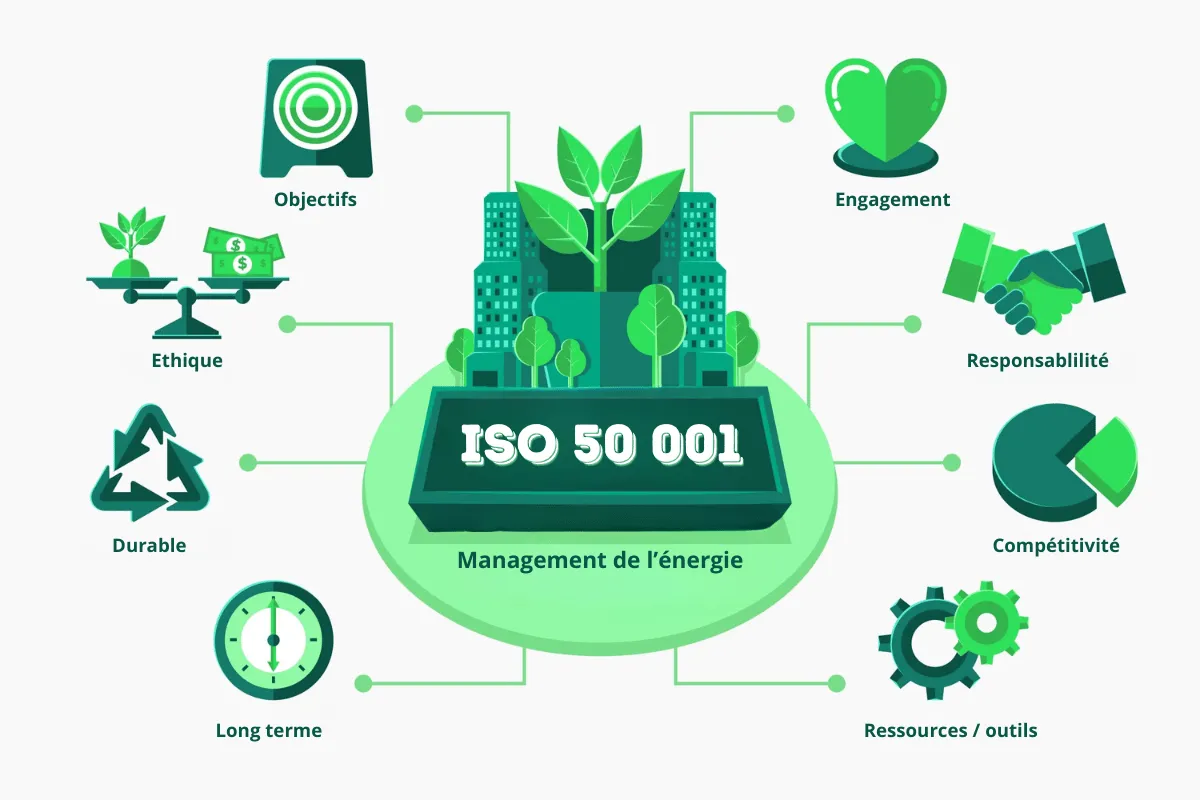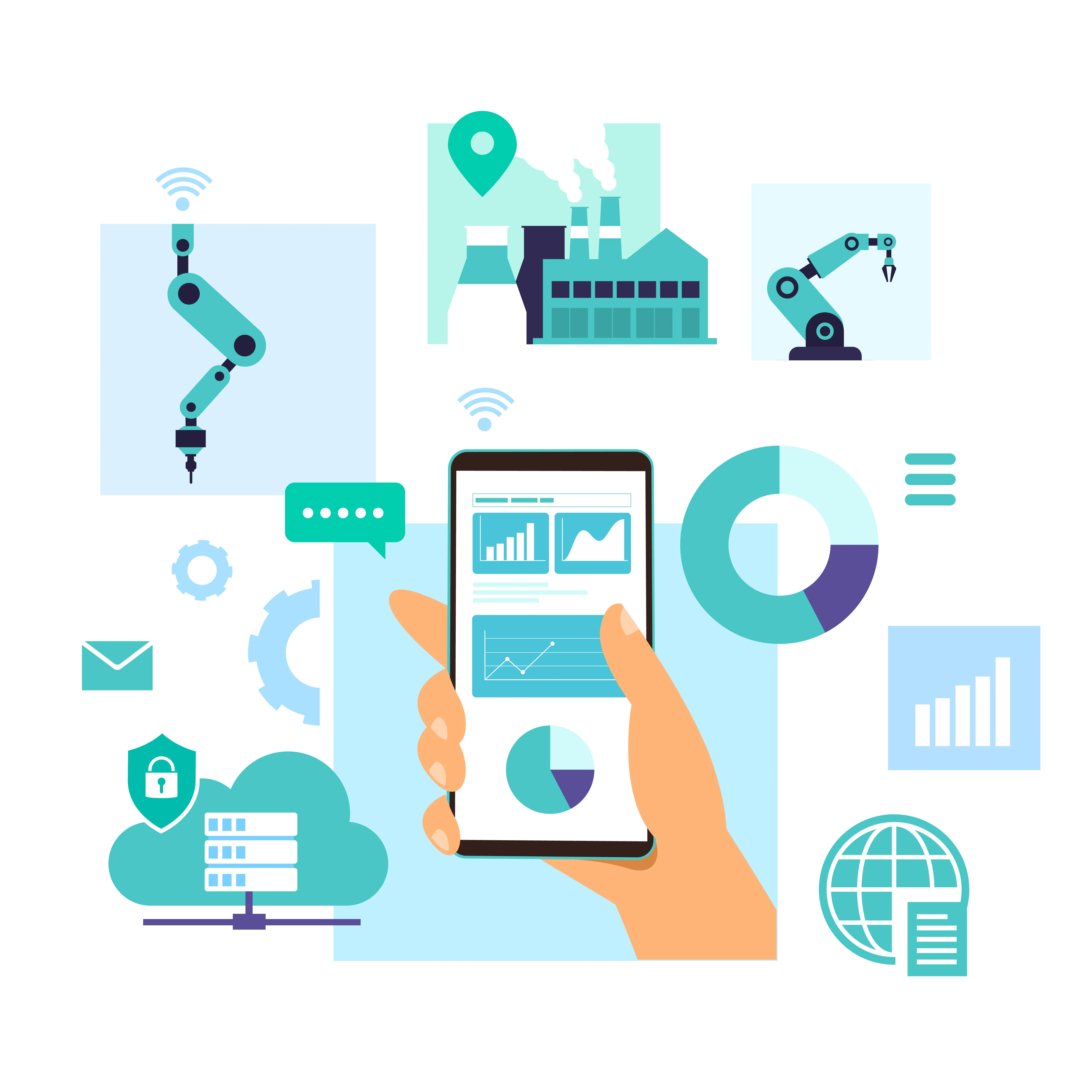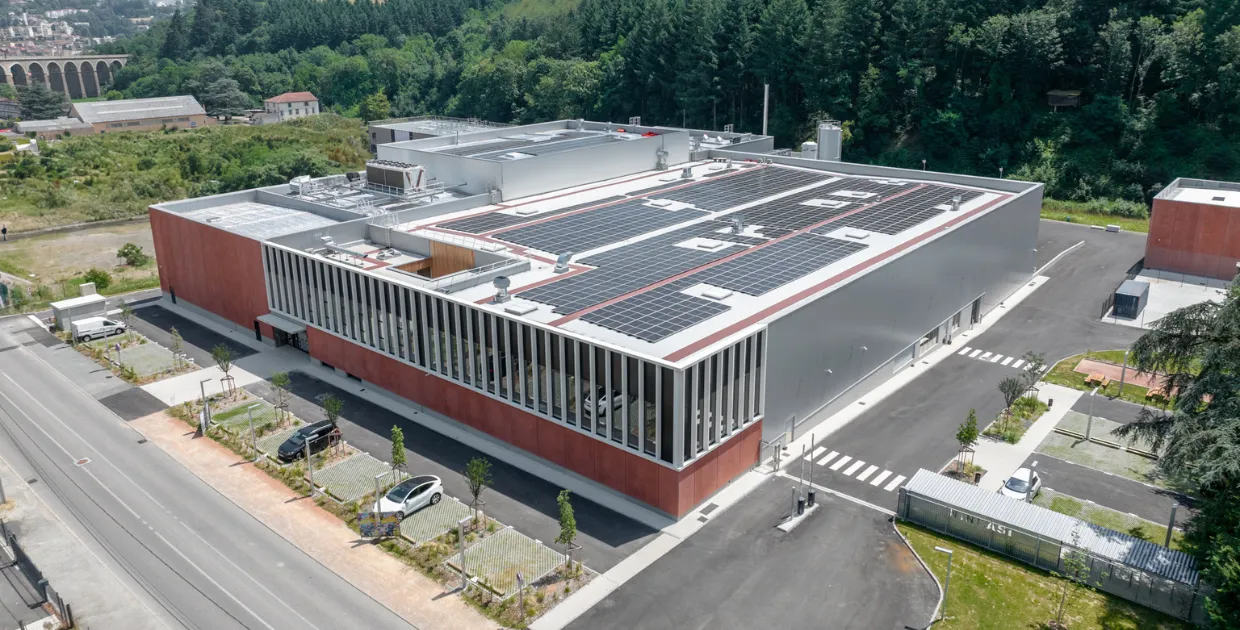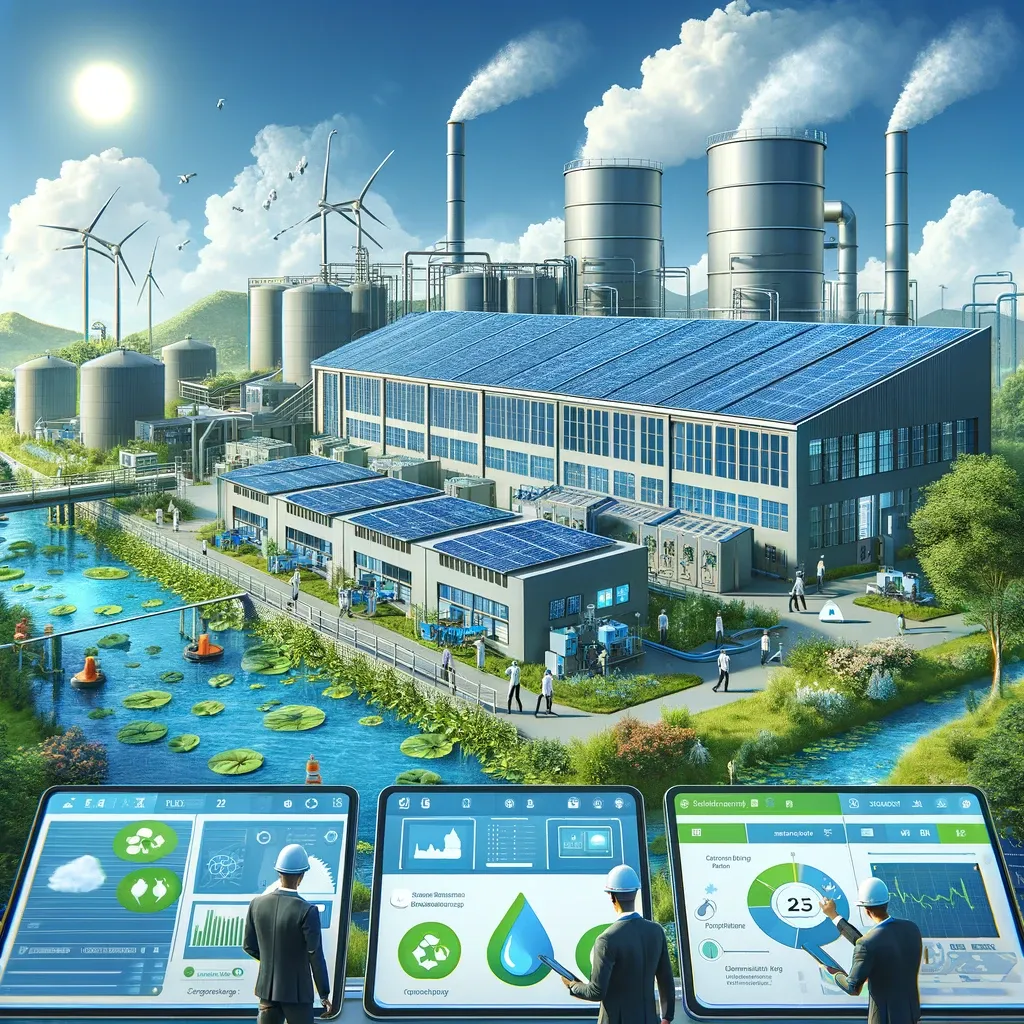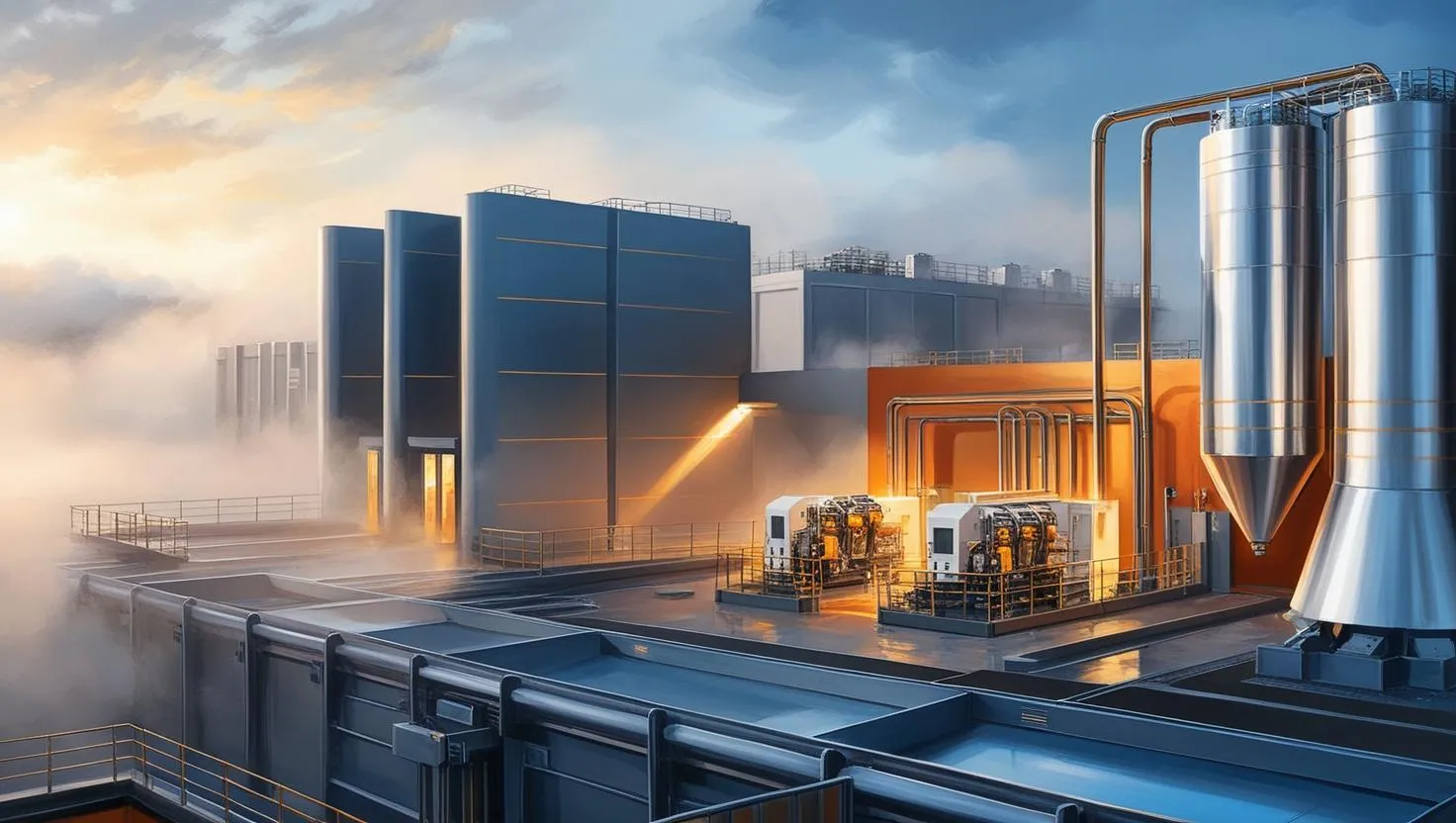
LoRa Technology & Industrial Monitoring Deployment
Long-range, low-consumption wireless technology
The LoRa (for “Long Range”) network can be used to generate private networks with secure and encrypted communication. This means that the data is controlled, it remains with the company (locally), and it does not depend on a wireless provider. The range between the transmitter and the receiver is 500 metres (the record being more than 40 kilometres), which enables the entire industrial site to be covered with just a few antennas and provides redundancy in the event of faults. The installation is less costly and simpler to implement than a wired solution. The devices can operate off batteries, with a battery life of around five years.
Another advantage is that this solution can retrieve useful data such as that from low-voltage switchboards or compressors, which are often connected to the Ethernet network. This technology is ideal for monitoring slow signals (power, temperature, etc.) inasmuch as the data refresh frequency is greater than 10 minutes. It is not suited therefore to process monitoring that would need more rapid sampling.
Deployment of a private LoRa network on an industrial site
The key stages:
- Identification of the relevant zones for collecting the data and implementing the metering plan
- Analysis of the topology of the industrial site (heights of buildings, surface area, positioning of IT racks, etc.)
- Proposing locations and temporary installation of antennas to test network coverage
- Adapting the positions according to the test results
- Definitive installation of the antennas
- Installation & configuration of the transmitters
- Data retrieval via the LoRa network installed on site
- Decoding and processing data and making it available (for example, via the DATIVE graphical user interfaces)
The types of data retrieved and made available via the DATIVE solutions:
Energy consumption measurements (e.g., Modbus RTU):
- Installation of industrial electricity meters (SOCOMEC/SCHNEIDER) integrated directly in your electrical and low-voltage switchboard cabinets with protection and updating of the wiring schemas
- Installation of the LoRa transmitter and connection to the power meter in Modbus RTU
- Configuration of the transmitter for retrieving data (voltage, current, power, power factor (cos ϕ), etc.) and sending the data via the LoRa network
Water consumption measurements (e.g., pulse data):
- Installation of a classic or ultrasound (non-intrusive) flow meter, or adaptation on an existing flow meter
- Installation of the LoRa transmitter and connection to the pulse output of the adapter
- Configuration of the transmitter to count the pulses and send them via the LoRa network periodically or programmatically (every 100 pulses, for example)
Other types of data retrieved:
- Analog (0 -10 volts, 4 - 20 mA)
- Dry contacts (all-or-nothing, pulses)
- State of health of machines (vibration, acceleration, speed, temperature, etc.)
- …
